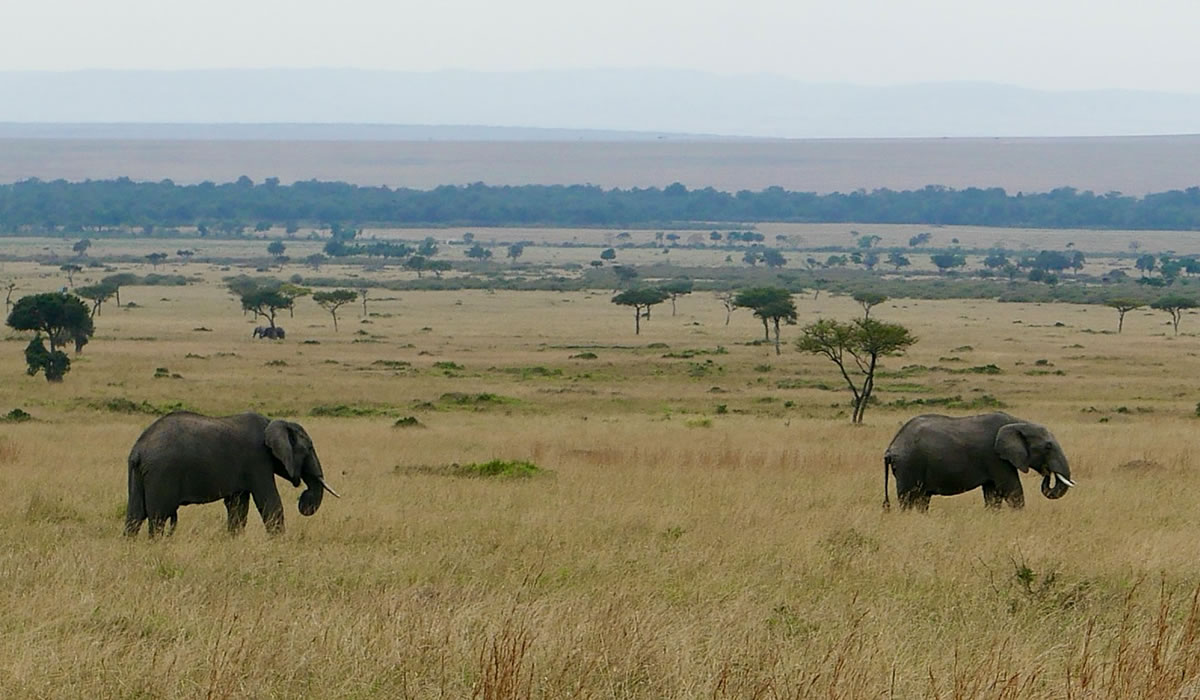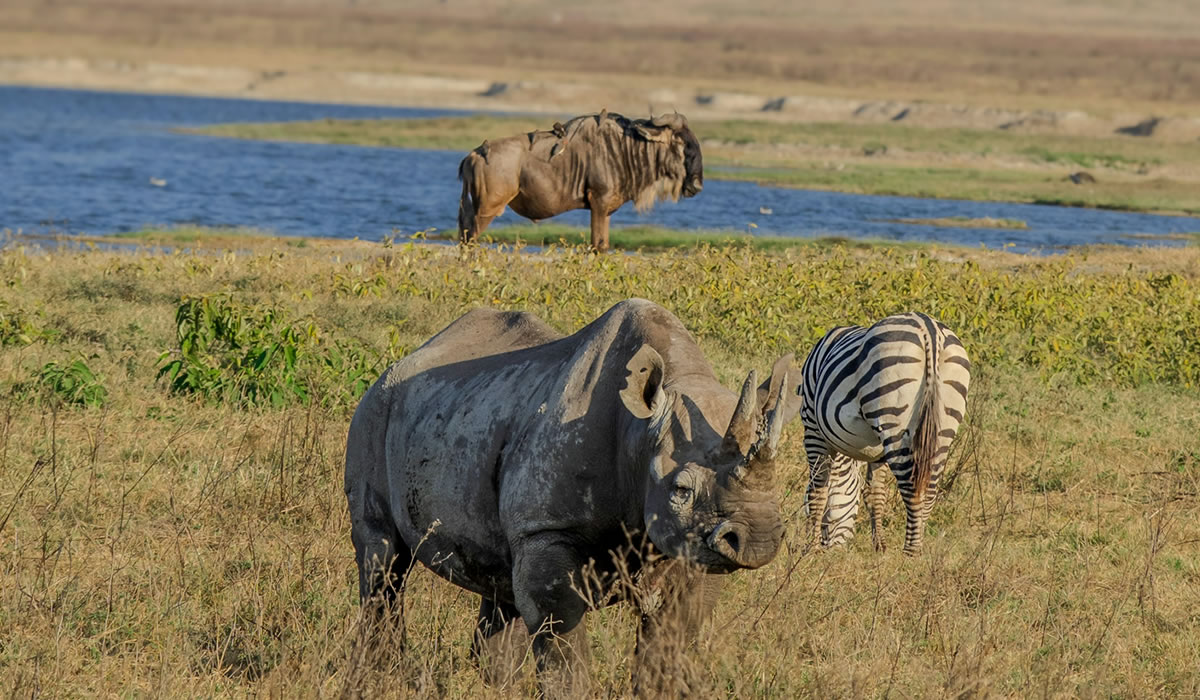The Ngorongoro Conservation Area is one of Tanzania’s most remarkable natural destinations, blending exceptional wildlife, rich cultural heritage and awe-inspiring landscapes. Situated in northern Tanzania, this UNESCO World Heritage Site spans over 8,292 square kilometers and is part of the greater Serengeti ecosystem. Home to the world-renowned Ngorongoro Crater and the semi-nomadic Maasai people, the area is a perfect destination for those looking to experience the heart of wild Africa. This comprehensive article explores everything you need to know about the Ngorongoro Conservation Area, including its history, geography, wildlife, climate, attractions, cultural significance, accommodations and the best time to visit.
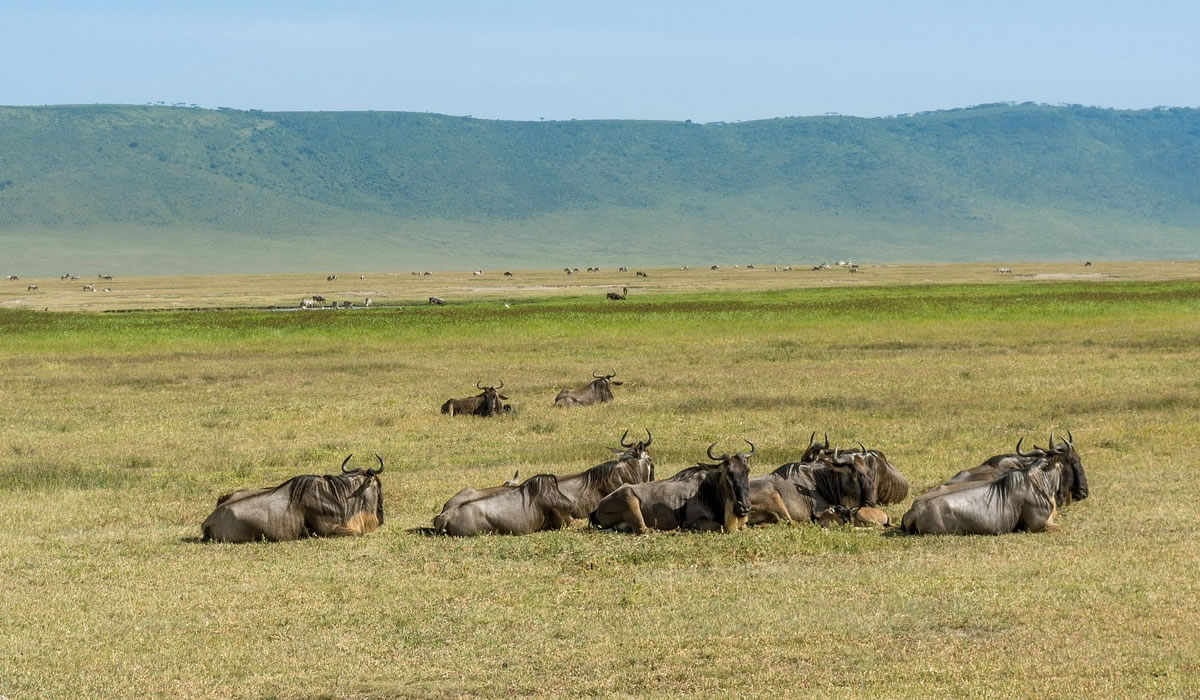
History of Ngorongoro Conservation Area
The Ngorongoro Conservation Area was officially established in 1959 when it was separated from Serengeti National Park. The main goal was to create a multi-use land management system that would allow both conservation of wildlife and traditional pastoralism by indigenous communities. In 1979, the area was declared a UNESCO World Heritage Site due to its ecological importance and archaeological value.
Unlike national parks in Tanzania that restrict human settlement, the Ngorongoro Conservation Area is unique because it permits the coexistence of people and wildlife. The Maasai people, who have lived in the region for centuries, continue to inhabit the area, practising traditional cattle herding while coexisting with wild animals.
Geography and Topography
Ngorongoro Conservation Area lies within the Great Rift Valley and features a diverse landscape ranging from volcanic craters and highland forests to vast savannahs and lakes. The most iconic feature of the area is the Ngorongoro Crater, the world’s largest intact and unfilled volcanic caldera. Formed over 2.5 million years ago after a massive volcanic explosion, the crater is about 610 meters deep and covers 260 square kilometers.
Other key geographical features include the Empakaai and Olmoti craters, the Gol Mountains, Olduvai Gorge and Lake Ndutu. Each part of the conservation area offers unique ecosystems and wildlife experiences, making it a must-visit destination for nature lovers.
Wildlife in Ngorongoro Conservation Area
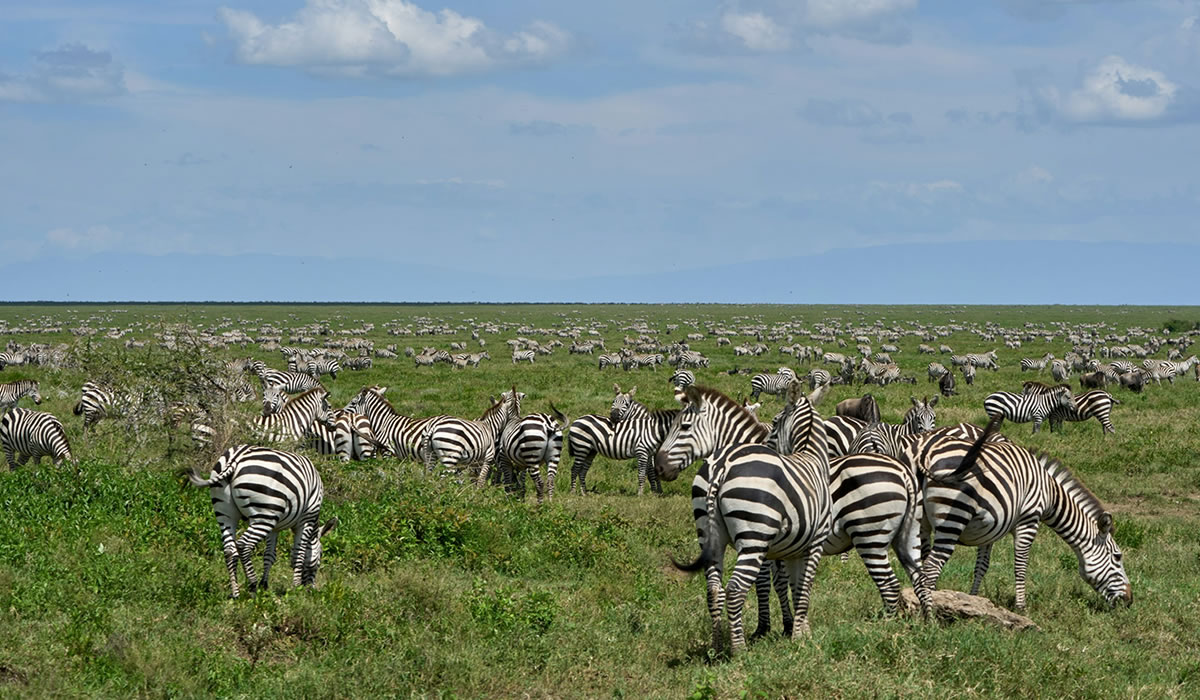
Ngorongoro Conservation Area is a sanctuary for an extraordinary variety of wildlife. The Ngorongoro Crater itself is home to over 25,000 large animals, including the famed “Big Five” – lion, elephant, buffalo, leopard and rhino. The crater is often referred to as a natural wildlife enclosure because its steep walls limit animal migration, providing one of the most concentrated game-viewing experiences in Africa.
Key species found in the crater include:
- Lions: One of the densest populations in Africa
- Black Rhinos: Among the few remaining in Tanzania
- African Elephants: Mostly large bulls with impressive tusks
- Hippos and Crocodiles: Found in the crater’s water bodies
- Hyenas, Jackals and Cheetahs: Common predators
Beyond the crater, the highlands and open plains support wildebeest, zebras, elands, gazelles, giraffes and a variety of antelope species. Bird watchers will also find paradise here, with more than 500 recorded species, including flamingos, crowned cranes, ostriches, vultures and eagles.
The Great Wildebeest Migration
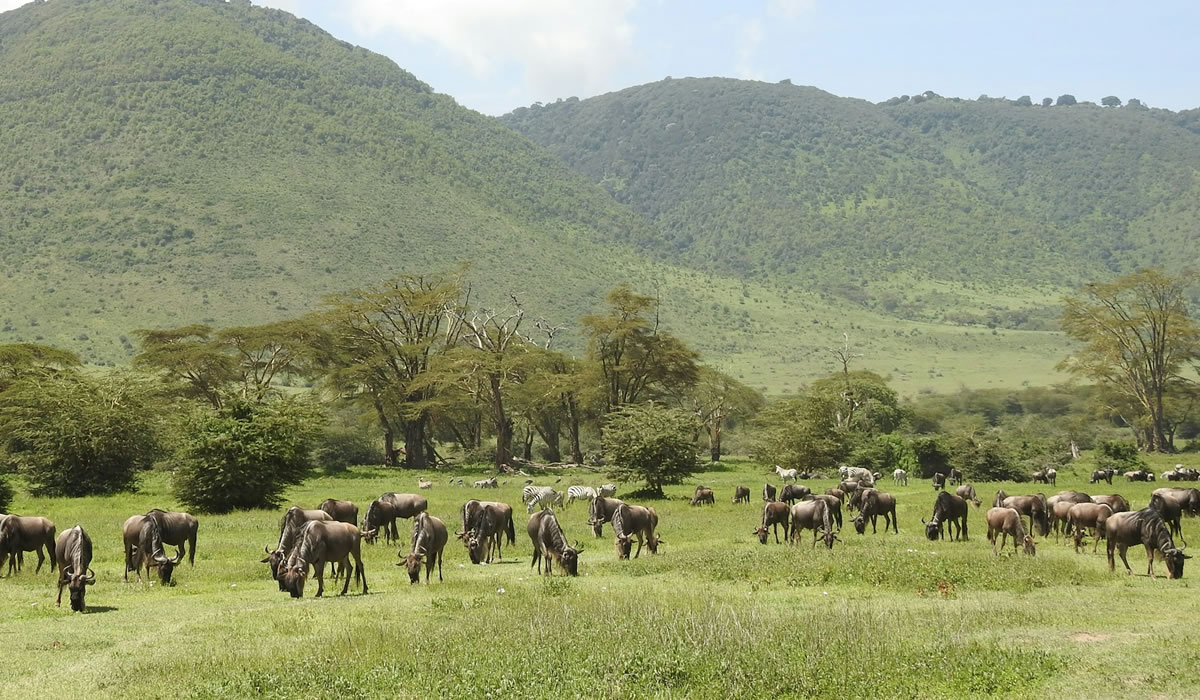
The Ndutu region, located in the southern part of the Ngorongoro Conservation Area, is a key area in the Great Wildebeest Migration. From December to March, massive herds of wildebeest and zebras gather in this region to give birth before beginning their annual migration northward toward the Serengeti. The calving season attracts predators like lions and hyenas, making it a thrilling time for safari-goers and wildlife photographers.
Cultural and Historical Significance
Ngorongoro Conservation Area is not just a wildlife haven, it is also rich in cultural and historical heritage. The Maasai people are the primary inhabitants of the area. Their traditional way of life, centered on livestock and deep respect for nature, adds a unique human element to the landscape. Visitors can interact with Maasai communities through guided cultural tours, learning about their customs, attire, homes and rituals.
One of the most historically significant sites in the area is Olduvai Gorge, often referred to as the “Cradle of Mankind.” This paleoanthropological site has yielded some of the earliest known human fossils, including those discovered by Louis and Mary Leakey in the 20th century. A visit to the Olduvai Gorge Museum offers deep insights into human evolution and ancient history.
Top Attractions in Ngorongoro Conservation Area
- Ngorongoro Crater: The main draw of the conservation area, offering unmatched wildlife viewing in a dramatic landscape.
- Olduvai Gorge: A must-see for history and archaeology enthusiasts.
- Ndutu Plains: Prime location to witness the wildebeest calving season and predator-prey interactions.
- Empakaai Crater: A lesser-known but stunning crater filled with a soda lake and frequented by flamingos.
- Olmoti Crater: A quieter location perfect for hiking and exploring waterfalls.
- Maasai Cultural Bomas: Organized visits allow for cultural exchange with the Maasai communities.
- Lake Magadi: Located in the Ngorongoro Crater, this soda lake is a great spot to see flamingos and hippos.
Safari Activities in Ngorongoro Conservation Area
There are several activities that allow visitors to fully immerse themselves in the Ngorongoro experience:
- Game Drives: Half-day and full-day game drives into the Ngorongoro Crater are the most popular. These guided safaris offer up-close encounters with a vast array of wildlife.
- Walking Safaris: Conducted in less populated areas like Olmoti and Empakaai, walking safaris provide a more intimate look at the environment, accompanied by armed rangers.
- Bird Watching: With hundreds of bird species, birdwatching is rewarding year-round.
- Cultural Tours: Interact with the Maasai to understand their traditions and challenges of living alongside wildlife.
- Hiking and Nature Trails: Explore scenic trails in the highlands, craters and forests with a guide.
Best Time to Visit Ngorongoro Conservation Area
Ngorongoro Conservation Area is a year-round destination due to its relatively stable climate. However, the best time to visit depends on your interests.
- June to October (Dry Season): Ideal for game viewing as animals are easier to spot and the roads are more accessible.
- November to December (Short Rains): Landscape becomes greener and less dusty, and crowd levels drop.
- January to March: Best time for witnessing the wildebeest calving season in the Ndutu area.
- April to May (Long Rains): The least popular time due to muddy roads, but it offers fewer crowds and discounted prices.
Climate and Weather
Ngorongoro’s elevation varies from 1,027 to 3,648 meters above sea level, resulting in a range of microclimates. The crater floor is generally warmer, while the highlands can be quite cool, especially in the mornings and evenings. Rainfall is seasonal, with the long rains occurring from March to May and the short rains around November.
Accommodation Options
Ngorongoro Conservation Area offers a wide range of accommodations suitable for all budgets:
- Luxury Lodges: Options like &Beyond Ngorongoro Crater Lodge and The Highlands by Asilia provide top-tier amenities with stunning crater views.
- Mid-Range Lodges and Camps: Accommodations such as Ngorongoro Serena Safari Lodge and Rhino Lodge offer comfort and great locations at more affordable rates.
- Budget Campsites: Public and special campsites are available for travellers seeking a more rustic experience.
- Ndutu Area Lodges: For those interested in the migration, staying in seasonal tented camps near Lake Ndutu offers front-row access to the action.
Most lodges provide full-board options and include safari drives in their packages. Advance booking is recommended, especially during peak seasons.
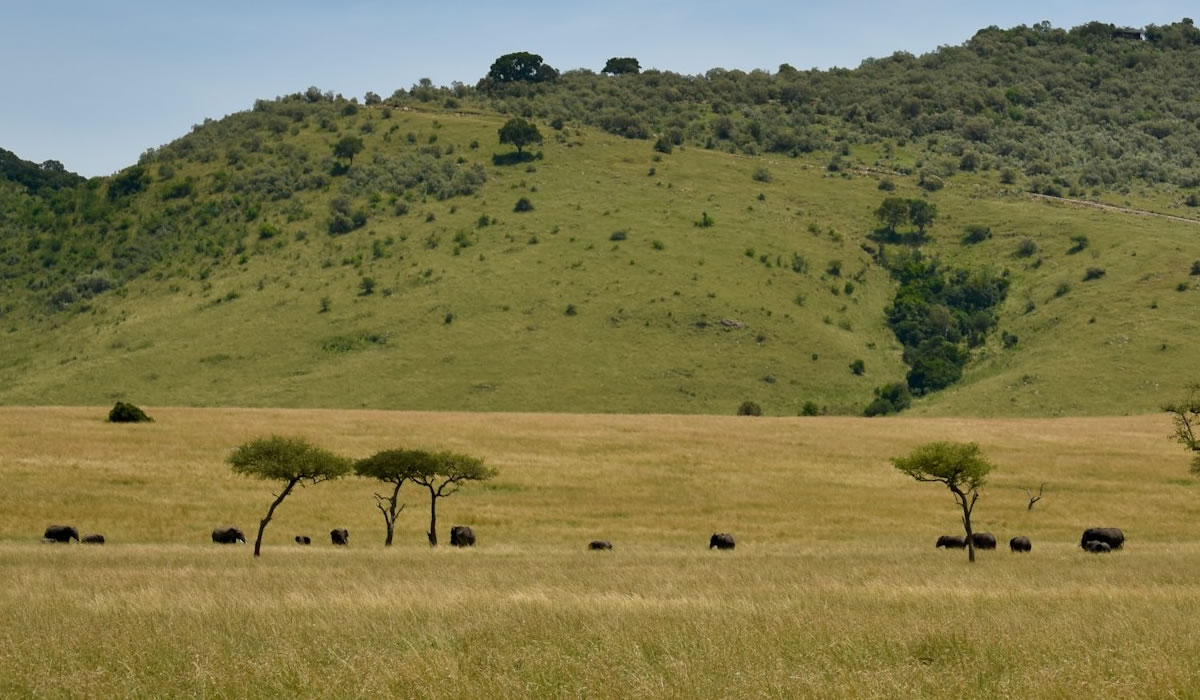
Getting There and Getting Around
- By Air: The nearest airport is Kilimanjaro International Airport (JRO), followed by a domestic flight to Lake Manyara Airstrip or Arusha Airport. From there, it is about a 3 to 4 hour drive to the Ngorongoro Conservation Area.
- By Road: From Arusha, the drive to Ngorongoro takes approximately 3 to 4 hours. It is common for visitors to include Ngorongoro as part of a northern circuit safari that includes Serengeti, Lake Manyara and Tarangire National Parks.
Park Fees and Regulations
Ngorongoro Conservation Area has a specific fee structure managed by the Ngorongoro Conservation Area Authority (NCAA). Entry fees for non-residents are around $70 per adult per day, with additional charges for crater descent, camping and vehicle entry. Children and residents pay lower fees.
All visitors must adhere to the park’s conservation rules. Off-road driving, littering, feeding wildlife and disturbing animals are strictly prohibited. Safari guides are trained to follow ethical and environmentally responsible practices.
Why Visit Ngorongoro Conservation Area?
The Ngorongoro Conservation Area is a place of unmatched natural beauty and ecological importance. It offers one of the most comprehensive safari experiences in Africa, combining wildlife, geology, history and culture. From exploring the depths of the Ngorongoro Crater to hiking the misty highlands and engaging with the Maasai people, the area presents a complete package for eco-tourists, photographers and adventure seekers.
Its status as a World Heritage Site and part of the Serengeti ecosystem highlights its importance to global biodiversity and human history. Whether you are on your first safari or returning to Africa for a deeper connection, Ngorongoro offers unforgettable memories.
A trip to the Ngorongoro Conservation Area is more than just a safari. It is a journey through time, nature and culture. The area’s unique ability to balance conservation and human presence makes it a model for sustainable tourism in Africa. With its incredible wildlife, rich cultural heritage and world-class lodges, Ngorongoro remains one of the top destinations for safaris in Tanzania.


